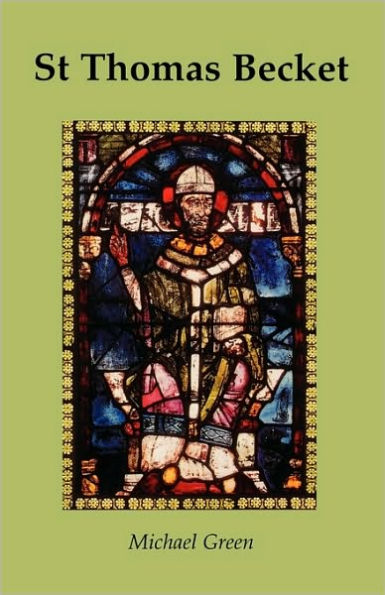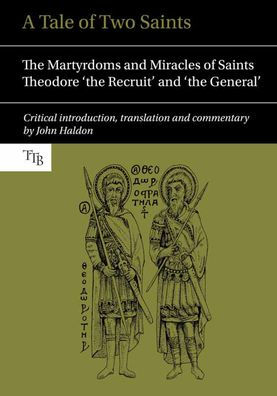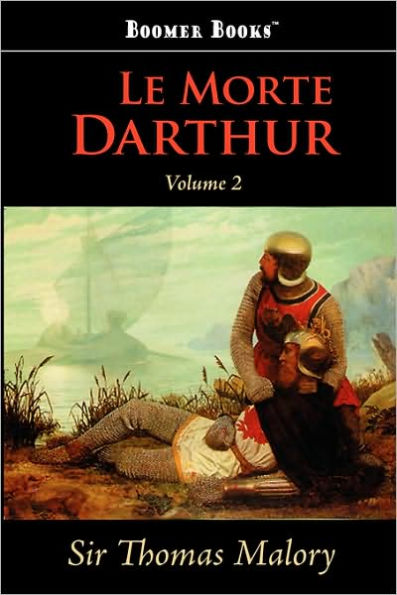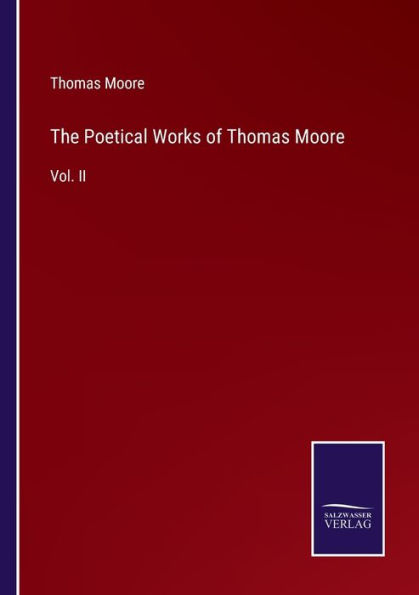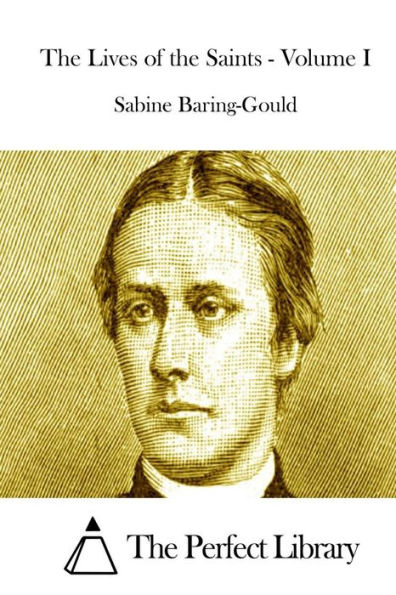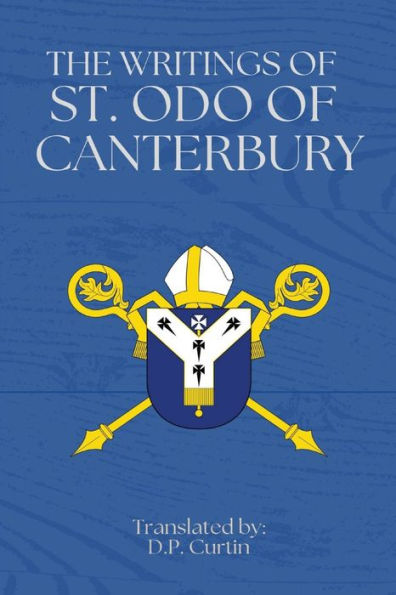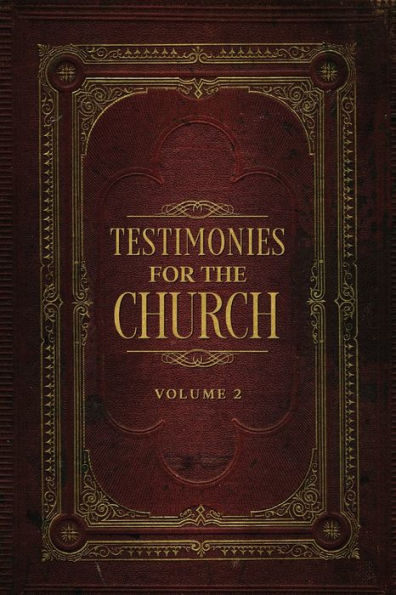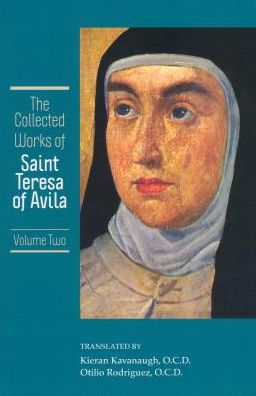Home
St. Thomas of Canterbury, His Death and Miracles, Vol. II
Barnes and Noble
St. Thomas of Canterbury, His Death and Miracles, Vol. II
Current price: $10.99


Barnes and Noble
St. Thomas of Canterbury, His Death and Miracles, Vol. II
Current price: $10.99
Size: OS
Loading Inventory...
*Product information may vary - to confirm product availability, pricing, shipping and return information please contact Barnes and Noble
From the beginning of Volume II.
CHAPTER 1 THE FIRST AND SECOND BOOKS
§ I. His object
On the strength of the many miracles mentioned in William's book as reported from Ireland, and also because of his vehement condemnation of Henry's Irish war, Mr. Magnusson has conjectured that William himself was a native of Ireland. He certainly has a Celtic faculty of fluent and versatile speech, and is master of methods of variety. But in part this may arise from a long study of classical literature. It has been noted above that, after seventeen months of reporting, Benedict was found inadequate by the Canterbury Chapter, and William was called in to aid him. Under such circumstances, the latter would be on his mettle to show what he could do in the way of style.
It may be assumed as almost certain that William himself in his own recondite Latin is writing his own apology — though it appears in the Prologue nominally indited by the monks — when he says, "We ask the whole body of our readers, sympathizing with the brother's diligence — for it is not his fault that he does not discharge in full the stewardship entrusted to him — not to 'arch their eyebrows' above measure at the want of arrangement of his words, and the poorness of his thoughts. He confesses indeed that he has deserved a flout, but he hopes for a milder censure.... He pledges you in a draught from a vessel of potter's clay, but drawn from a spring of living waters. Let the delicate liquor excuse the uncouth cup-bearer." There is more to the same effect, more than enough to shew that the writer is not deeply in earnest, not in the same mood in which Benedict took up the pen, seventeen months before, to dispel the cloud that obscured the light of the Canterbury Martyr. The difference is natural. Then the King, and the lords, and almost all the bishops were hostile. Now they were friendly, quite persuaded, and ready to be interested, some indeed desiring to be amused. It seems to have been, in large measure, to meet this new demand, that William supplied his Book of Miracles.
We shall look in vain here for those graphic descriptions of cures at the tomb, some of them incomplete, some followed by relapses, which Benedict gives us so frequently, thereby establishing his character at once for veracity, candour, and (so far as observable facts go, distinguished from inferences) for careful observation. And as William's book professedly ignores chronological order, it throws no light at all on any developments, changes, or deteriorations, that may have taken place in the manifestations at the tomb or elsewhere. However, it does contain a good many important letters attesting distant miracles. Some of these are found also in Benedict's book, and will be considered in the comparison, given further on, between the two versions of the Parallel Miracles: but others, even though written to Benedict himself, are not included in Benedict's book, perhaps because they were transferred by him, when he was busy as Prior, to the monk in charge of the tomb. In any case, we shall approach the Parallel Miracles in a better condition for discriminating between what is true and what is William's addition to the truth, or colouring of the truth, if we first review his work so as to elicit the characteristics of the narratives that he alone records.
